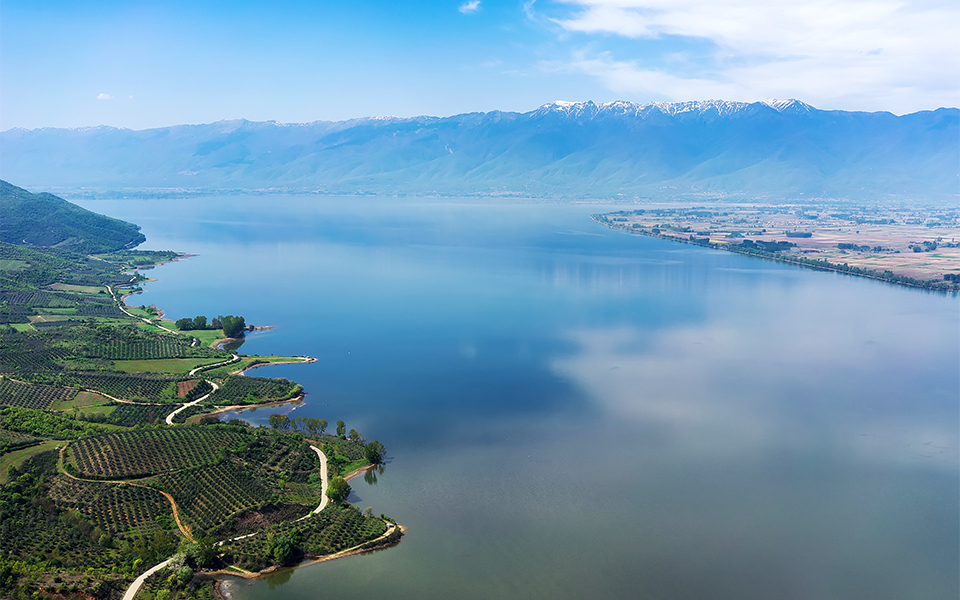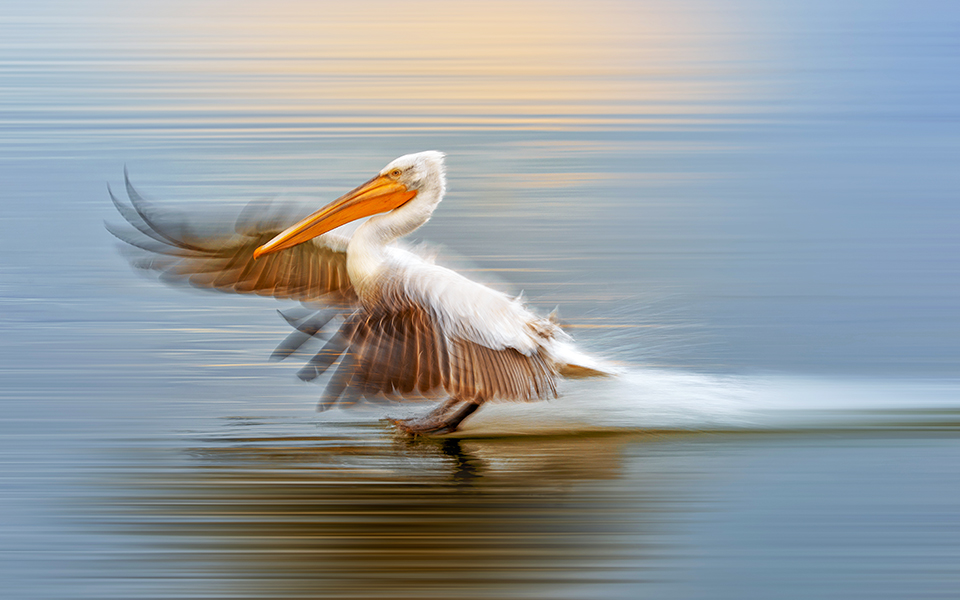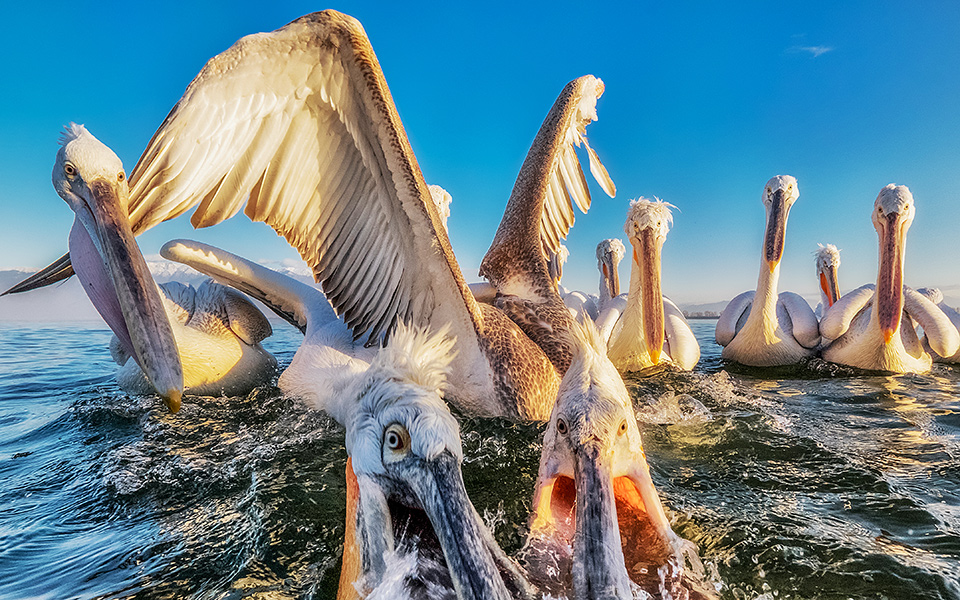Lake Kerkini, a natural marsh on the Strymonas River, is one of the most important wetlands in Europe and a top bird-watching destination.
Simone Sbaraglia, a Rome-based nature/wildlife photographer and math scientist, was drawn to the area to examine the special bond that has developed between fishermen of the region and a community of Dalmatian Pelicans.
Over the course of several hundreds of years, the local fishermen have fed the pelican population so that it is now robust.
“Fishermen started feeding the pelicans during the winter months to help them get through the wintertime without migrating,” says Sbaraglia. “The rationale being that a significant pelican population would help maintain a healthier ecosystem.”
If the pelicans were to disappear, say the fishermen, the number of cormorants would grow too large, the lake resources would be depleted and the whole ecosystem that they depend on would be at risk. As a result of the pelican feedings, the birds have grown used to human presence and are not afraid of people anymore.
“Self-sufficient during spring and summer, the pelicans rarely approach humans during those times. It is only during wintertime that these magnificent creatures rely on the fish provided to supplement their dietary needs.”

© Shuttersock

© Simone Sbaraglia

© Simone Sbaraglia
Self-sufficient during spring and summer, the pelicans rarely approach humans during those times. It is only during wintertime that these magnificent creatures rely on the fish provided to supplement their dietary needs. In recent times, the fishermen have engaged people’s interest by offering tours to wildlife lovers, interested in getting up close and personal with the exquisite creatures.
“The pelicans are not aggressive and generally not afraid of humans. However they are definitely impetuous when they try to get the fish, and frequently fight for the best positions and for the fish. As a result, it happens that they inadvertently bite you, leaving significant marks and deep cuts,” says Sbaraglia, who came to Greece specifically to meet these friendly pelicans.
“I spent a significant amount of time with one of the fishermen, as he went out to feed the pelicans, and tried to get close-up and different pictures of this magnificent bird,” he says. The impressive snow-capped mountains provided the perfect backdrop.
The pelican pictures drew the attention of the world and have made their way to the finals of the Smithsonian’s Annual Photography Competition (out of a total of 46,000 submissions from more than 168 countries. Of course, Sbaraglia is no stranger to awards and accolades, both in art and science.
“I think science influences me in that I strive for maximum simplicity and abstraction in my photography, which is something it teaches you to value,” he says.
Sbaraglia’s work, in general, aims to highlight the beauty, harmony and uniqueness of our planet so that it can be preserved for future generations.
“Fishermen started feeding the pelicans during the winter months to help them get through the wintertime without migrating”















